Is cast-iron cooking a good choice for vegans? After all, the much-touted capacity of cast-iron to sear steaks is moot for plant-based eaters. Compassionate cooks may even be repelled by the meat-centric marketing campaigns for this heavy kitchen gear. Yet, I recently noticed that, despite entirely shunning animal products from my kitchen for over 4 years, I have now fully transitioned to… cast-iron cooking! Indeed, I only use cast-iron skillets of various sizes (8″, 10″ and a wok) plus enameled cast-iron pots (one medium and one larger) for stews and soups. I do own three stainless steel pots but it’s strictly for steaming vegetables, cooking grains and simmering the occasional mega-batch of spaghetti sauce if I’m hosting a large group. In this post, I will tell you what I think about cast-iron cooking for vegans: the benefits (and their flipsides), the best way to buy them, and some tips to care for your gear responsibly.
As always, there will be no affiliate links in this blog post. I will not benefit from any purchase you may decide to make after reading this post. I believe that every object you think you need has already been purchased by someone else who no longer needs it, so I don’t encourage you to buy brand new stuff, especially not from Amazon. I’d rather support this web site through fees collected for my meal planning services, online courses, and in-person teaching and speaking opportunities. Note however that the recipes I include for your inspiration are from blogs that, for the most part, do have affiliate links.
Benefits of cooking in cast-iron for vegans (and their flipsides)
Non-stick skillets are just gross. Much a fuss has been made of the toxicity (or lack thereof) of non-stick coatings such as Teflon. Although everyone has been warned not to use metal instruments in them (leading to a spectacular explosion of sales of plastic and silicone utensils in a dazzling array of appealing colors), I have found that most users (or their relatives…) sonner or later scratch the bottom with a fork, exposing some of the lower layers of metal. I don’t think ingesting fragments of non-stick coating is lethal, or even that they emit significant toxic fumes when heated at normal temperature. Still, I find those non-stick skillets unappealing. Because, more importantly…
Non-stick skillets are unnecessary. Why on earth did we need to start manufacturing such complex alloys and multi-layer cookware of dubious chemistry when we had perfectly good options based on simple metals and alloys like cast-iron and stainless steel? For people who cook animal products such as meat, dairy and eggs, grease and stickiness are definitely issues. But vegan cooking is cleaner in every way, and far less likely to cause hard-to-clean messes (unless you have a habit of forgetting your pot on a hot burner). With proper seasoning and regular use (see below), cast-iron skillets will offer all the non-stickiness of Teflon, without the unnecessary “over-engineering.”
Durability. Do you know anyone who uses their grand-mother’s old t-fal skillet? Yeah, me neither. On the other hand, many cast-iron skillets are passed on from one generation to the next as heirlooms, acquiring a fabulous non-stick and smooth patina in the process. Cast-iron pans have been recovered from house fires, cleaned, and seasoned before returning to daily use. They are practically impossible to warp and will provide you with decades – or centuries, if humans make it that much longer – of happy vegan cooking. Not that anyone would do that, but they can even be recycled into new metal objets.
Ease of cleaning. The beauty of cast-iron cooking for vegans is that cleanup is far less fastidious than it is for meat, cheese, and egg eaters. Assuming your skillet is properly seasoned (which isn’t hard), cleaning it will be a breeze. This is perhaps the main reason why I prefer cast-iron to stainless steel pans: the latter can be much harder to clean if you get distracted from your hot skillet action for more than a few moments.
Energy efficiency. Cast-iron skillets may need a bit of warm-up time, but once they’re hot… they’re hot! Contrary to popular wisdom, however, it does not heat evenly, so getting them going 20 minutes ahead of time is critical when making pancakes. For most uses, 5-10 minutes suffice.
Travels from the stovetop to the oven. As long as your cast-iron skillet or pot does not have a wooden handle, it will seamlessly move from the stovetop to the oven and back. I use this feature a lot when making lazy risottos, curries and other stews, all of which can be started on the stovetop then covered and simmered in the oven. It allows me to do cook other things on the burners – great for meal prep sessions! In winter time, I may place the pots outside to cool – but keep in mind I live in the Pacific Northwest where temperatures rarely fall below freezing. I do not recommend transferring your prized vintage Creuset from the oven to a snowbank to cool. Use your judgement and basic knowledge of physics please.
Safely using metal utensils. I refuse to use plastic utensils for cooking: they get discolored and stained, they melt, and they don’t look trustworthy. Silicone ones are possibly better, but there are so many different kinds for me to keep track of which ones are truly suitable for high-heat use. Wooden spoons are wholesome, but when it comes to flipping pancakes or tofu cubes there is nothing like a super-thin metal spatula. This alone for me was a sufficient reason to buy a cast-iron griddle for Saturday pancakes. (Note that this is only true for bare cast-iron. Metal utensils should not be used in enameled cast-iron pots.)
Yes! (Practically) Oil-free cooking is possible in cast-iron. I am personally not concerned about using very small amounts of oil in our cooking, but I know people who try to be as oil-free as can be. I would say cast-iron is a good choice for them because the only oil that is absolutely required for cooking in cast-iron is at the time of seasoning. Once polymerized into that non-stick coat on top of the cast-iron itself, the oil is unlikely to leach into your food – and if it does, it will be in minute amounts. You can then use a little water or broth to cook, and remember to deglaze your pan when you are done (see below). (Note that some oil-free cooking experts suggest cooking in enameled cast-iron pans. That is not an option I personally consider because you can’t use metal utensils in enameled cast-iron.)
Extra iron! You should not count on cast-iron cooking to help you solve anemia or severe iron deficiency. The seasoning layer (the coat of polymerized oil that makes the skillets non-stick) for the most part prevents iron from leaching into your food. However, cast-iron skillets (and stainless steel) will release small amounts of iron into your food, especially if you cook acidic foods in them, like tomatoes or fruit sauces. There might be some health benefits involved. No need to worry about the toxic potential of iron, either. Unless you simmer them for over 30 minutes, the amount of iron released will be undetectable to the taste – and also safe for you safe for you. (If you are not ready for cast-iron cooking, or if you consume too few dietary sources of iron, consider cooking with a “Lucky iron fish” which should help a little bit.) Again, this is not a benefit offered by enameled cast-iron cookware.
Makes you stronger. An average 10-inch cast-iron skillet weighs 5 pounds (over 2 kg) while a cast-iron work is around 12 lbs (over 5 kg). This makes them very stable on your cooktop – but forget about flipping your pancakes at the flick of a wrist. Lifting cast-iron regularly will not make you as big as Arnold Schwarzenegger, but it may motivate you to increase your weight-lifting regimen (which is also good for your bone health). If you have fragile wrists or any concerns about your ability to lift a hot skillet, then cast-iron cooking may not be for you.

Am I the only one who was bothered by this scene in Tangled? I want to know where Mother Gothel bought such a light cast-iron skillet!
Adopt, don’t shop! The best way to buy cast-iron skillets and pots
Second-hand cast-iron still rocks! Thanks to their durability, cast-iron skillets and pots of all ages can easily be found on the second-hand market. Thrift stores, online classifieds and yard sales are great sources for vintage and recent-production cast-iron cookware. Prices will vary greatly, so monitor the market for a little while before you pounce. The best deals are to be had on rusty pans that will require a lot of elbow-grease to strip and re-season (see below). If you buy one of those, be prepared to put in the work. If you feel less dedicated to the cause, you’ll probaby prefer to buy a slightly discounted “brand new with tags” item – usually from someone who received it as a gift from someone who doesn’t know them all that well.
If buying used, you may also want to inspect for cracks and warping. Cookware should lay perfectly flat on your cooking surface. If the skillet has dubious structural integrity, pass. Also smell the goods, which will also determine how much work you’ll have to put into this project. Note that very old pots may contain lead. Your chances of stumbling upon one of those are low, but if you are in doubt you can find lead-check kits in hardware store for peace of mind.
A special consideration for vegans when buying cast-iron cookware is whether it was previously used to cook meat, dairy, and/or eggs, or seasoned using lard. The amount of animal product that remains in the skillet and that is likely to be transferred to your food is likely to be nil or minuscule, but nevertheless offensive to some. A good stripping should get rid of the problem, but it will take some work.
Enameled or not? Enameled cast-iron skillets have some of the benefits of regular cast-iron like heat retention and stovetop-to-oven portability. However, they are overall less durable because the enamel can get cracked or chipped by using metal cooking utensils, or if allowed to overheat. I personally prefer to use only bare (and seasoned) cast-iron skillets. My two cast-iron pots are enameled; I received them as gifts. One is a Creuset and the enamel finish is still great after 5 or more years of weekly cooking. The second one is from some generic brand and, unfortunately, the inner coating has a couple of big chips from one overheating event, plus some notable discoloration. As far as I can tell, there are no risks to cooking in it despite the damage. But if I was to start over I would probably go for bare cast-iron pots – or older Creuset pots in good condition.
Caring for your cast-iron skillets and pots
Seasoning. If you acquire your cast-iron cookware second hand, you’ll most likely need to do an initial seasoning. (Brand-new skillets these days are all pre-seasoned. I know some cast-iron aficionados shudder at the thought and will strip the factory seasoning and start from scratch, but personally I wouldn’t bother.) These are the basic steps:
- If the skillet is very cruddy, you can place it upside down in your oven and run a self-cleaning cycle for 3-4 hours. Let the skillet cool down until safe to handle.
- In most cases, a bit of elbow grease with hot water and a tough scrubby (steel-wool) should suffice to remove rust spots and the remnants of previous users’ seasoning. Scrub until the surface feels smooth when running a finger over it. A little texture is normal in newer cast-iron skillets, but it should be even.
- Using a clean cloth, spread vegetable oil (canola or avocado are fine, avoid olive oil) over the entire surface of the skillet, including the handle and bottom. A thin layer is sufficient, the skillet shouldn’t be dripping!
- Place the skillet upside down in the oven again and “bake” at 350 degrees F for about an hour. Let cool completely.
==> This is key! Deglazing. Every time you cook in your skillet, you should finish with deglazing it while it’s hot. Deglazing means adding a cold liquid such as water, broth, or juice to your skillet and scrapping the bottom to detach any caramelized juices and pieces of food. Those sweet bits belong in your tummy, not in the dishwater! Aside from making your food tastier, it will also make your skillet easier to clean.
Cleaning. Please don’t put your cast-iron skillets and pot in the dishwasher. Just rinse them with super hot water (dishwashing gloves are great), scrape food remnants if any (I use a square plastic scraper – there are also bamboo ones), scrub (not too aggressively), and rinse. Steelwool is not needed in most cases, unless you’ve really burnt things out. If you did, be gentle to avoid scraping off your seasoning. Whether or not you use soap is up to you: many cast-iron owners would shudder at the thought, but in reality using a little bit of soap in the cleaning process will not damage the seasoning. However, do not let the pan sit in water (soapy or otherwise) for any more time than required.
Dry immediately, re-oil occasionally. Use a cloth to immediately remove visible water from the pan, inside and out. I like to put mine in the oven (which is often still hot from cooking) so it finishes drying; others just finish drying on a burner on medium-low heat for a few minutes. Every few uses, spead a very thin layer of oil onto the pan to improve the surface, and let the oil dry in the oven. This will make your skillet better and better every time.
WIth only small effort, cast-iron skillets and pots will give you a lifetime of valiant service. In fact, they may very well outlive you in their ability to cook excellent meals. All this without using much oil and with possible health benefits. What’s not to like?

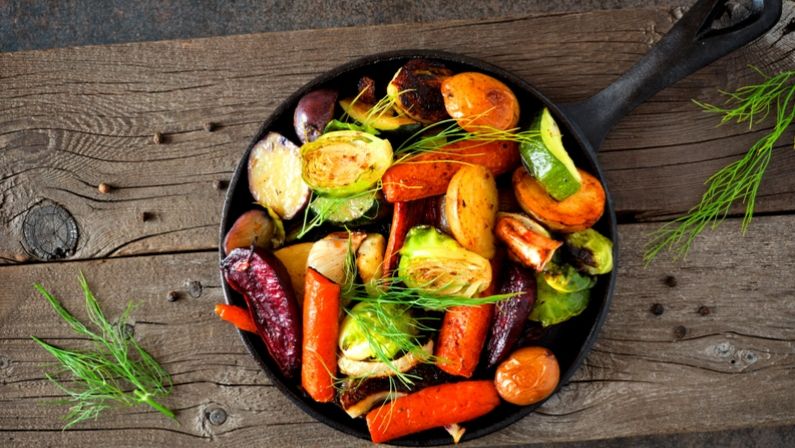
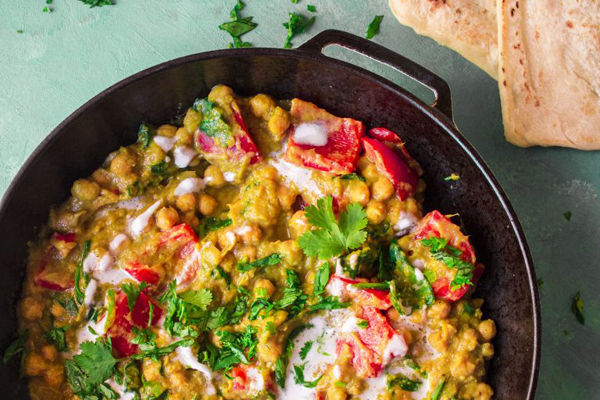
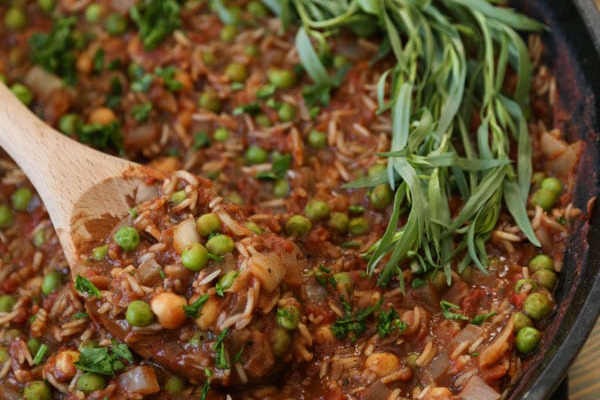
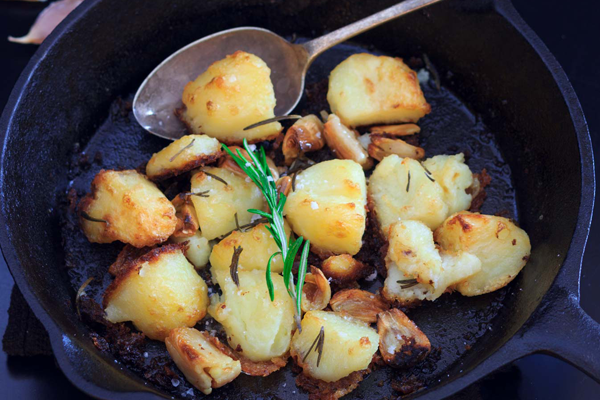
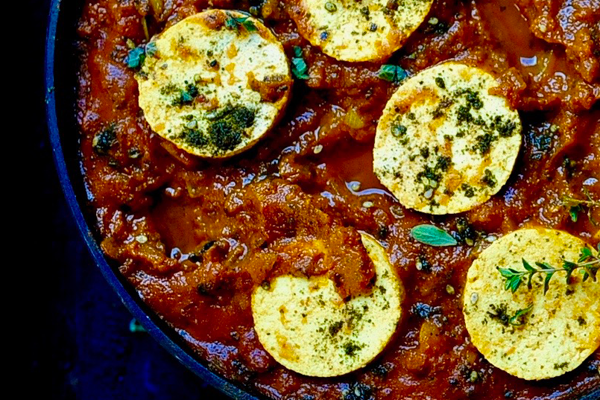
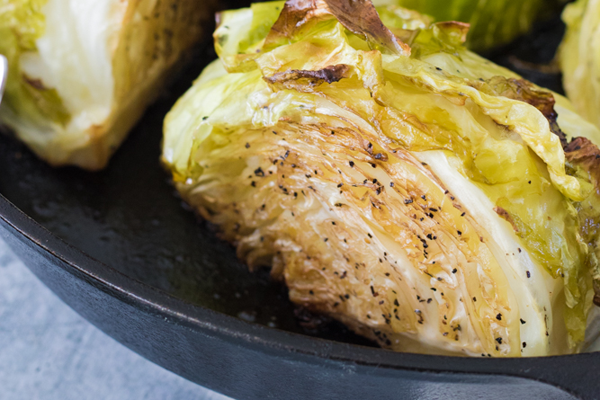
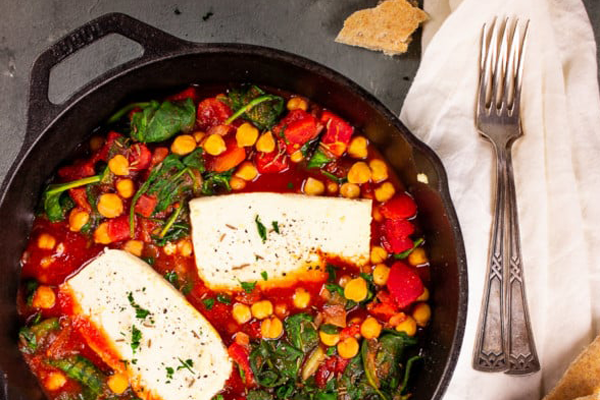
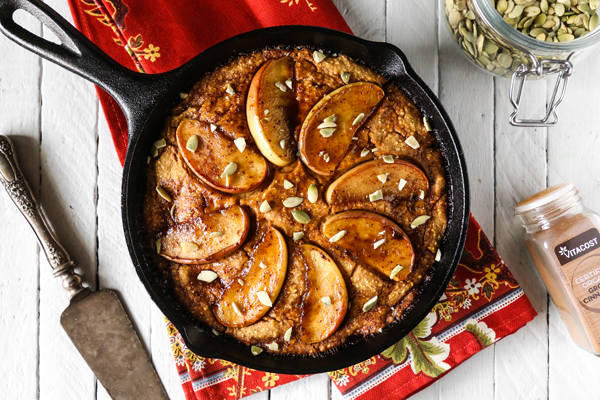

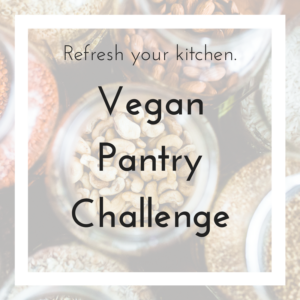
Great information! I had many doubts about cast-iron pans and this post solved all of them. Thank you!
I was taught that for seasoning, a temperature of 450-500 F is optimal for getting the oil to polymerize and bond to the metal, but I see that several sources (including you) say 350. When I’ve used high temp it does seem to get a more solid finish. Multiple sessions are even better. I opportunistically re-season my pans whenever we cook something at 450 or higher.
What do you think of carbon steel or “lightweight cast iron” (which I never heard of but just saw advertised) for folks who need lighter weight? They weigh about half.
Also, are the vertical sides important? I find them helpful for not spilling stuff when I stir, but the other skillets I’ve seen are either rounded or at less of an angle.
Hi Em, thanks for your comments! Multiple sessions are definitely best, but I rarely manage to do it perfectly. As for other materials, personally I would go for stainless steel if I needed a lighter choice, but I have very limited experience with carbon steel so can’t really comment. As for the sides, I find that the key is to have a really thin, offset, and slightly flexible metal spatula when working in my skillet. But I did get a separate griddle for pancakes.
Thank you for this info! I recently bought a cast iron set because I’m learning how to bake sourdough bread. I was thinking I may have gotten in over my head. “It has some rust…I’m a vegan and I think only meat-eaters use cast iron…I have to find space in my kitchen for this tool that will only do one thing for me.” But you’ve answered all of my questions and more. I’m now excited to have this new creature in my kitchen lol. I’ve signed up for your emails and am looking forward to them. Happy New Year!
Hi Colleen, I’m so glad you are now getting into cast-iron cooking. There is a learning curve but just like in every relationship it’s worth putting in a bit of effort for the long-lasting benefits. 🙂 Keep in touch!
Any suggestions for a vegan cast iron cookbook? Thank you
Hi Denny, thanks for stopping by! As far as I know there isn’t one yet. I think Bronwyn Fraser of the Crumbs and Caramel blog is working on one, but I don’t have any further information. This being said, I don’t think one needs a particular cookbook to cook in cast iron. With the tips above, you can cook practically anything in it. Let me know if you have more specific questions and I will be happy to help!
Thank you for this. I landed on your page after scouring the internet searching for safe non-stick pans to assist in oil free cooking. I’ve been searching for days. hahahha. I havent gotten anywhere but frustration so far.
In any event, I’m nervous about using cast iron as I’m just not familiar with it.
Can you give me any insight into using cast iron for no/very low oil vegan cooking? I know how to saute vegetables and make them perfect and caramelized on my current pans. Can this be done on a cast iron with no or very low oil usage?
Thank you for any insight.
Kevin
Hi Kevin and thanks for coming by!
May I ask if you are currently achieving perfect and caramelized vegetables in your current pans without oil? It will help me answer your question better.